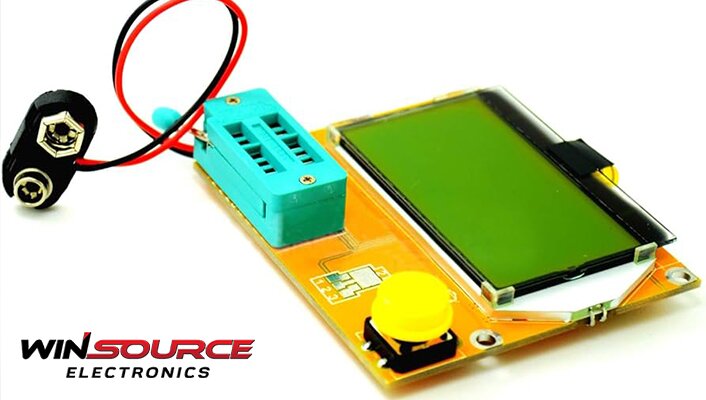
Table of Contents
ToggleIntroduction
In electronic circuits and devices, resistors play an important role in controlling the flow of electrical current. Traditionally, they had a single purpose – to stop the flow of electricity. However, as technology has advanced, resistors have evolved into multifunctional components capable of performing a variety of tasks beyond simple current control. In this article, we explore the advantages and applications of multifunctional resistive elements and illustrate how they are changing the electronics industry.
Advantages of multifunctional resistive elements
Space and cost efficiency
One of the main advantages of multifunctional resistive elements is their ability to save space and reduce costs in electronic designs. By integrating multiple functions into a single component, circuit boards can be made smaller and more compact. This is especially important for the miniaturization of electronic devices such as smartphones, wearables, and IoT devices. Smaller parts also save costs in materials, assembly and manufacturing.
Improve accuracy
Multi-function resistors typically offer greater accuracy and control capabilities. Traditional resistors can provide a fixed resistance value, but multi-function resistors can be adjusted to provide a specific resistance value or to perform other functions precisely. This accuracy is valuable for applications that require fine-tuning and calibration, such as medical devices, scientific instrumentation, and industrial automation systems.
Versatility
Multifunctional resistive elements are extremely versatile and provide functionality beyond simple current control. Some common functions include variable resistors, voltage dividers, temperature sensing, and even drivers. This versatility makes them suitable for a variety of applications, providing engineers and designers with creative solutions for complex electronic systems.
Applications of multifunctional resistive elements
voltage divider circuit
Multifunctional resistive components are often used in voltage divider circuits. By providing accurate resistor values, they enable voltage level division for sensor applications, feedback loops, and analog signal processing. This is critical for devices such as sensor nodes, instrumentation, and feedback control systems.
Potentiometer
Potentiometers used to change voltage are essentially variable resistors. Multifunctional resistive elements can be used as potentiometers to control parameters such as volume, brightness or temperature in a variety of devices, including audio equipment, lighting systems and climate control systems.
Temperature Sensor
Some multifunctional resistors are designed to exhibit resistance changes with temperature. This property makes them suitable for use as temperature sensors. These resistors are extremely valuable in applications that require precise temperature monitoring, such as industrial processes, automotive engine management, and environmental monitoring.
Drive and feedback
In advanced electronic systems, multifunctional resistive elements are often used in applications involving actuation and feedback mechanisms. They can be used to control servos, actuators and feedback systems in robotics, automation and mechatronics, enabling precise control and positioning.
Calibration and adjustment
Multifunctional resistors are used in calibration and adjustment tasks that require precise adjustment and fine-tuning. This includes calibrating sensors, adjusting circuit parameters, and setting reference values in devices such as oscilloscopes, multimeters, and signal generators.
In conclusion
The evolution of resistors into multifunctional components represents a major leap forward in electronics. These components offer space and cost efficiencies, greater precision and versatility, making them invaluable in a variety of applications across different industries. From voltage dividing to temperature sensing and actuation, versatile resistive components open up new possibilities for engineers and designers to create innovative, compact and precise electronic systems. As technology continues to advance, we can expect these components to play an even more critical role in shaping the future of electronics.

COMMENTS